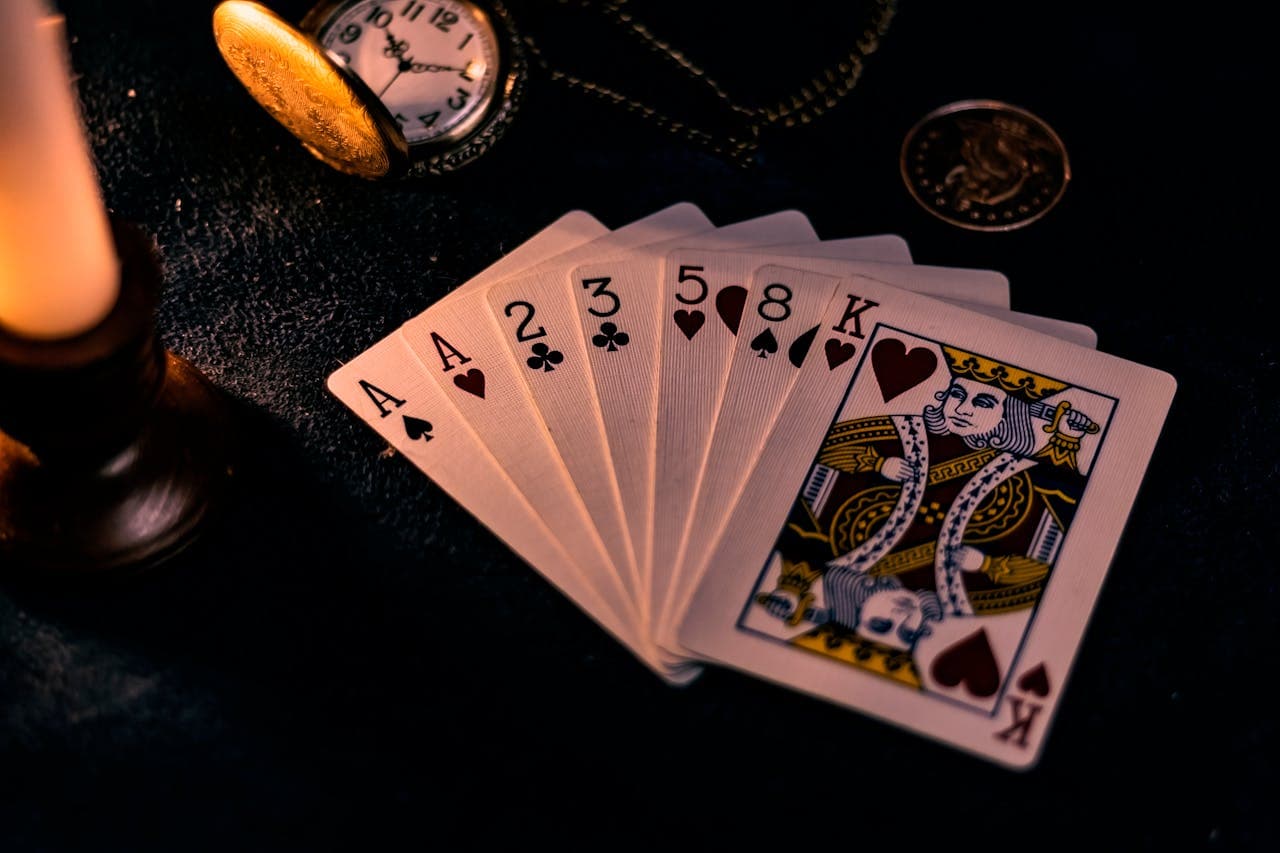The Fascinating History of Playing Cards
By Ayush Goyal

The First Playing Cards: Born in the East
Playing cards didn’t originate in Vegas or Atlantic City—they trace back to 9th-century China, during the Tang Dynasty. These early "money cards" looked a bit like the paper currency of the time and may have evolved from domino-like tile games or drinking game bets.
From there, cards traveled westward along trade routes to Persia, Egypt, and eventually Europe. That journey took centuries—about as long as my brother takes to play his turn in poker.
Cards Arrive in Europe: Royals and Riches
By the late 1300s, playing cards had made it to Europe. And in true European fashion, royalty quickly became part of the design. Early decks included kings, knights, and knaves, echoing medieval society.
The first European decks were hand-painted luxury items for the elite—essentially miniature artworks. A single deck could cost as much as a painting. When I complain about spending $5 at Target now, I remind myself it could be worse. Interestingly, these ornate decks were often tarot cards—not originally mystical, just for gaming. The fortune-telling connection didn’t emerge until the 18th century.
The French revolutionized cards around the 1480s. They streamlined the court cards to king, queen, and jack, and introduced the suits we use today: spades, hearts, clubs, and diamonds. They also invented the mirrored (double-headed) face cards, solving the awkward problem of flipping cards and accidentally revealing your hand. Small change, big impact.
Printing Press = Card Explosion
Thanks to Gutenberg’s printing press in the mid-15th century, cards went from luxury to mainstream. Mass production made them affordable and widespread across Europe.
By the 1500s, cards were everywhere, spawning dozens of new games—Primero (an early poker variant) and Triumph (a precursor to Bridge), to name a few. It was a golden age of card invention.
America’s Wild Card History
In the 1800s, cards took on a wilder edge in the U.S., especially along Mississippi riverboats and in frontier saloons. Gamblers became notorious for marking cards and using sleight of hand.
To combat cheating, card backs became more ornate—those intricate patterns we still see today were designed to make tampering more difficult.
One fun innovation? “Squeezers”—cards with corner indices—were introduced in the late 1800s so players could hold a tight hand and still see their cards. A small tweak, but a major improvement.
Playing cards even found a place during wartime. In the Civil War, they were wildly popular among soldiers—some decks even featured war heroes. In WWII, the U.S. Playing Card Company worked with Allied intelligence to create escape decks for POWs. When soaked, they peeled apart to reveal hidden maps. Now that’s a power-up.
Cards Go Digital (But Don’t Disappear)
These days, cards live on our screens. From Solitaire to online Poker, billions of digital games are played daily.
Yet, physical decks have held their ground—and even seen a resurgence. Games like Magic: The Gathering, Cards Against Humanity, and indie card games on Kickstarter are proof that cards aren’t going anywhere.
Why Cards Last
So, why have playing cards endured for over a millennium? They're versatile, portable, and easy to learn. But more than that, they’re social glue. Cards bring people together—families, friends, even strangers at a tournament. When you shuffle a deck, you're stepping into a tradition that spans continents and centuries.
Those 52 cards (plus a Joker or two) have survived empires, revolutions, and world wars. And they’re still going strong.
Ready to play Word Assassins?
The ultimate social deduction game that combines stealth, strategy, and vocabulary. Eliminate your targets, stay alive, and become the last assassin standing.
Start Playing